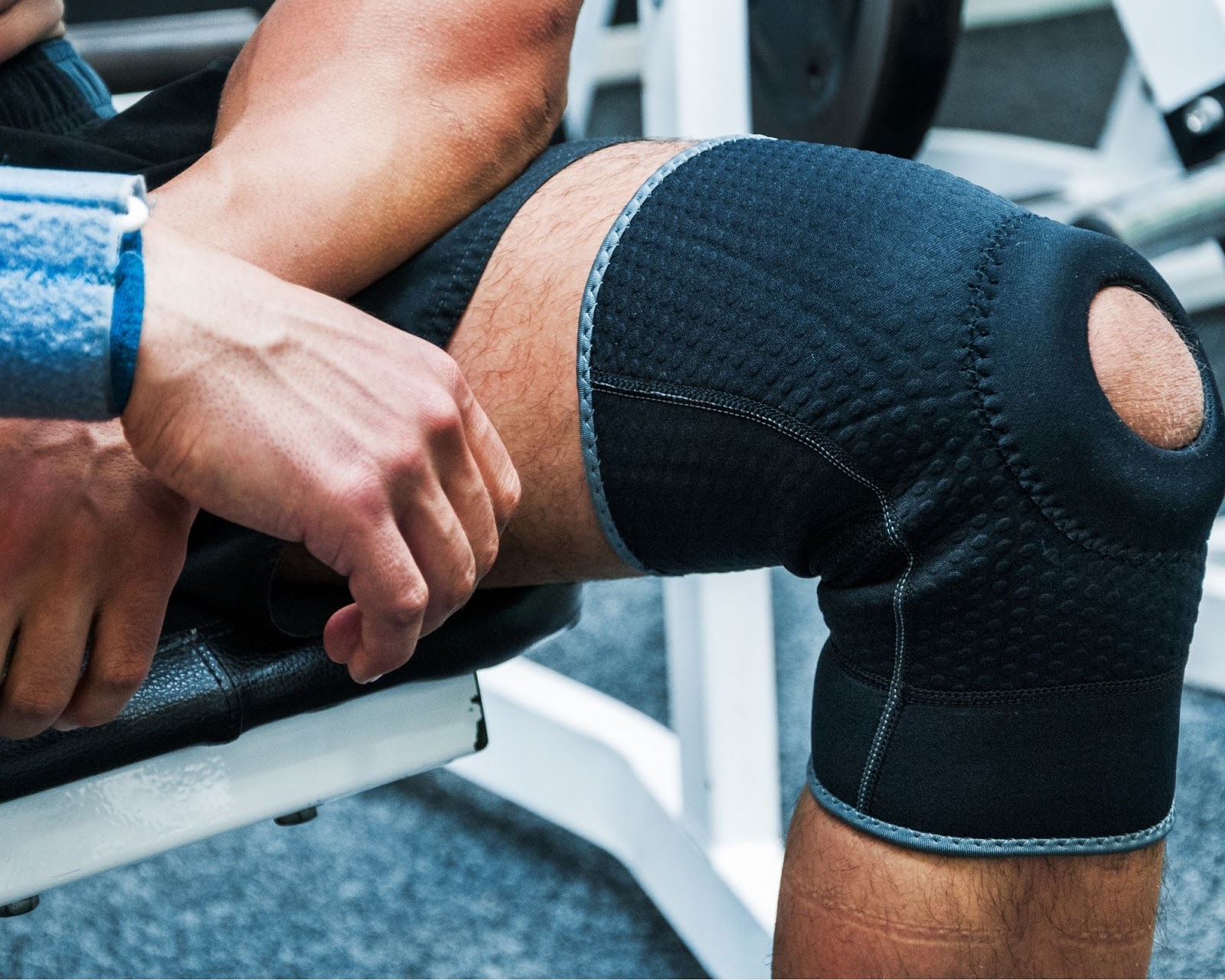
The weather is perfect, and you’re itching to get outside to enjoy it on your e-bike, but that lingering pain in your knees has you worried. You weren’t thinking of ripping off a 50-mile ride on a touring bike or attacking the local mountain biking trails–you just want to get out for a leisurely ride.
But those troublesome knees keep you wondering, are e-bikes good for those with bad knees?
The simple answer is YES! With the bike set up correctly, you can enjoy riding your e-bike, putting no further stress on your hurting hinges. You can do some things to make it safer and easier on your knees so you can enjoy riding for miles to come.
Get everything up to Speed
While your focus might be on your sore knees, be sure to get the rest of your body ready to drop into the saddle and hit the pavement. If your joint pain is terrible or you have other medical issues, always consult your doctor before exercising. If you get the thumbs up, try some low-impact exercise to prepare yourself for riding.
E-biking itself is a low-impact exercise, but some similarly low-impact exercises will help ready you and steady you for the miles ahead:
- Yoga– Great for stamina and stretching your joints.
- Light weight training– Excellent for strengthening muscle and joints.
- Aerobics– Taking a low-impact aerobics class at the gym is perfect for those who prefer to exercise in a group setting.
- Swimming– It might be the perfect low-pact conditioning exercise for those with poor knees.
- Walking– Everyone should be walking, but those with knee issues should be using walking as their primary source of activity.
Try Riding a Stationary Bike First
If you’re a seasoned rider, getting on a stationary bike might feel like a step back. But if you have knee pain, it’s better to know how your knees will react in a safe indoor setting rather than 20 miles away from home on the road on your e-bike.
Just sitting still on a stationary bike will give you some vital feedback on how your knees and body will handle time on the open road.
If you’re new to riding, the stationary bike is a huge first step. Since you can vary the resistance, a stationary bike tests your motion of riding/pedaling without the stresses of your weight and the cycle on your back, hips, and knees. Weaknesses can be identified and then remedied by using the stationary bike to build up muscles, specifically ones around the knees, to help ease the impact and discomfort.
Only Bite Off as Much as You Can Chew
Once you’re ready to ride, it’s important to pace yourself with e-biking or any other exercise you undertake, especially with knee issues. Listen to what those knees are telling you. Don’t push yourself to the point of aggravating your knee pain.
You will use those knees to pedal-assist, so you control how much your knees work versus how much the motor helps you move. The more you let the bike do the work, the quicker you’ll use up battery power. You must monitor your battery level because you’ll be doing all the work once it’s gone.
Once you drain the battery, some e-bikes are very heavy and cumbersome to pedal and maneuver. It’s possible–and even likely–you will reinjure your knee. Consider getting as lightweight an e-bike as possible (that still fits your needs) if your knees are a concern.
Keep on Moving
Once you’re in a routine with riding and your knees aren’t bothering you, try to back off on the pedal-assist to help continue building up those muscles around your knees. This not only aids you while riding but also during other exercises. You can use those newfound muscles and mobility for cross-training and getting into some new activities.
Tips to Keep You Healthy & Safe
Whether you and your knees are new to e-biking or regulars, keep these tips in mind to make every outing safe and fun:
1. Warm-up before jumping on your bike. Do a 5-minute walk around or near your home before you set out.
2. If you’re new to e-biking, plan a route to avoid steep hills, busy intersections, and bumpy roads.
3. Before riding, adjust your saddle height so you can get on and off easily. This will minimize the strain on your knee joints.
4. You can also avoid unnecessary strain and pain with your knees by keeping your back straight as you ride. Also, check to see that your feet are pointed forward when pedaling to minimize subtle, cumulative stresses to the knees.
You don’t have to be in fantastic shape to enjoy an e-bike. It’s an excellent way to enjoy the fresh air and sunshine while getting in some low-impact exercise. The majority of e-bikes have several power-assist levels, so you can pick the help you need to pedal–reducing the strain on your legs and knees.
Selecting the perfect e-bike for your lifestyle and current physical condition is the first critical step in your journey. Head over to our comprehensive e-bike reviews to read up on any bike you’re considering. For someone with bad knees, the comfort and weight of the bike are paramount.
Feel free to ask questions in the comment section in the e-bike reviews, and we’ll help you out the best we can.


Leave a Reply